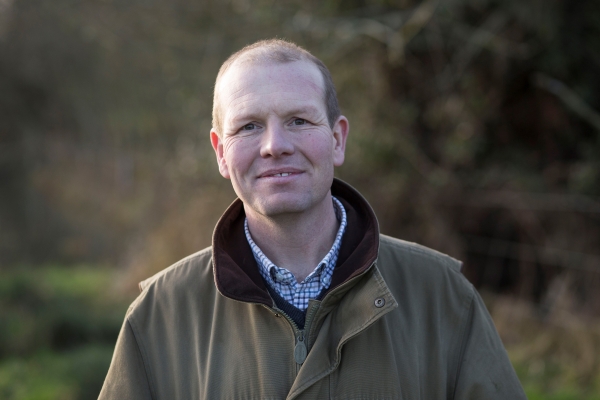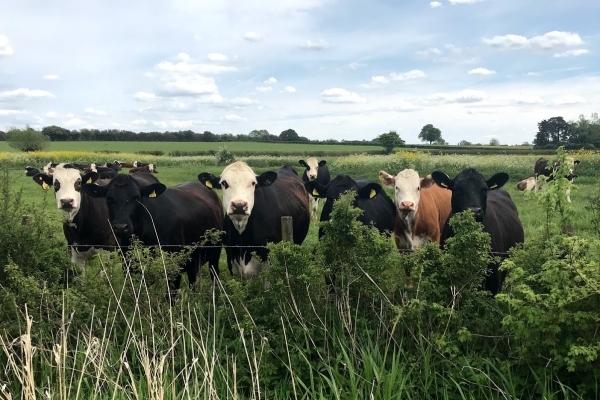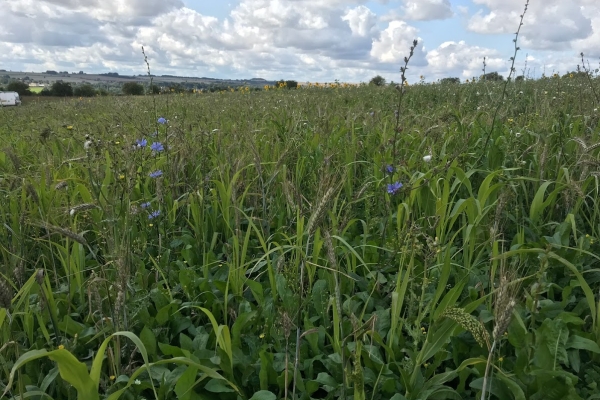Farming for Climate Action
What are we waiting for?
Resource explained
This report, produced on behalf on the Nature Friendly Farming Network (NFFN) gives an overview of the direction of travel in UK-wide policy, while looking at sources of agriculture’s greenhouse gases (GhGs), the role of nature-based solutions in helping to store and capture carbon, and how step changes towards a whole-farm approach hold the greatest potential for long-lasting change. The benefits of reducing GhGs and capturing carbon in land; whether by spending less on nitrogen fertiliser, bought-in livestock feed, managing pests naturally, or by maintaining healthy soil, are significant. Despite differing constraints and priorities, there are a range of actions available to every farmer, crofter and land manager, regardless of size or system. The report includes looking at sources of GhGs in UK farming systems, the impacts of global warming on agriculture, how to get to net zero, ‘farming for climate action’ (how to start and continue your journey – with a useful infographic that illustrates this), and a detailed table describing various actions you can carry out and the benefits they can bring.
Findings & recommendations
- Whatever your farming system and approach, there are many ways to reduce GhG emissions and capture carbon. Actions outlined in this report should help give some clarity on the practical steps you can take.
- While on-farm action is urgently needed to reach net zero, it is vital that a reduction in farming’s emissions is not the only focus for climate mitigation, nor should it come at the expense of climate resilience which is equally important. Climate resilience (achieved through restoring the natural environment) will provide landscapes with the necessary protection to withstand the pressures of a changing weather system, while simultaneously enabling efficient carbon sequestration and storage through natural processes.
- Biodiversity restoration and the carbon potential of well-managed habitats, including soils, grasslands and hedgerows, must be balanced carefully with land use strategies for decarbonising.
- The report concludes with an infographic of eight management processes which can unlock multiple benefits for climate, nature and farm businesses:
 NFFN-Farm-layout-DIGITAL.pdf
NFFN-Farm-layout-DIGITAL.pdf - View the table of actions you can carry out here:
 NFFN-Climate-Actions-Benefits-Table.pdf
NFFN-Climate-Actions-Benefits-Table.pdf
Header image courtesy of Martin Lines. All Rights Reserved





